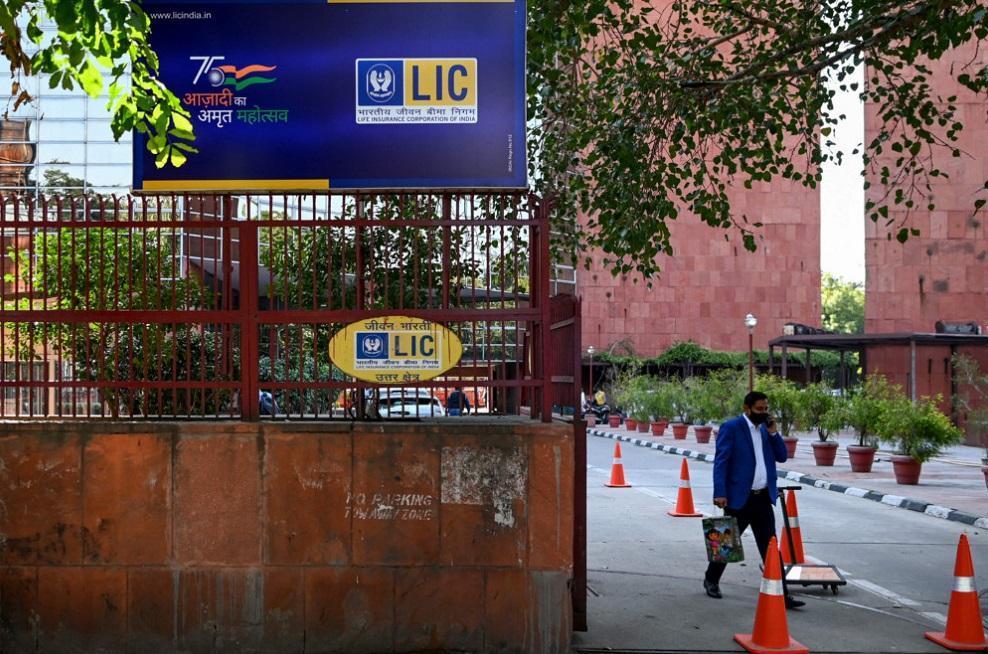
India plans to sell a 5-percent stake in insurance giant LIC in what could potentially be the country’s largest initial public offering, according to a regulatory filing on Feb. 13.
Prime Minister Narendra Modi’s government is desperate for proceeds from the IPO of the Life Insurance Corporation of India and the sale of other state assets to help fix its tattered public finances.
Founded in 1956 by nationalizing and combining 245 insurers, LIC was synonymous with life insurance in post-independence India for decades until the entry of private companies in 2000.
Despite a steady decline in market share, LIC continues to lead the pack with 64 percent of the life insurance market in the country of 1.4 billion people.
With staff of more than 100,000 people, its vast assets under management of 36.7 trillion rupees ($491 billion) equate to nearly 16 percent of India’s gross domestic product.
LIC in turn is one of India’s biggest institutional investors, with significant stakes in Indian blue-chip stocks like Reliance, TCS, Infosys and ITC.
According to LIC’s draft prospectus filed with the market regulator on Feb. 13, the government plans to sell around 316 million shares in the IPO, which is expected to take place in March.
While the pricing has not yet been set, analysts expect the IPO to dwarf that of payments firm Paytm, which raised $2.5 billion in November in India’s largest public share sale to date.
The government hopes LIC’s IPO will attract legions of first-time investors to the stock market, in a country where less than 5 percent of people have trading accounts.
It will be a crucial step in Modi’s policy to “monetize and modernize” state-run companies and plug an estimated 16-trillion-rupee budget deficit this financial year in the wake of the coronavirus pandemic.
Earlier this month, the government drastically cut its divestment target for the current year from 1.75 trillion rupees to 780 billion rupees.
Of this, the government has raised only 120.3 billion rupees by selling stakes in various state-owned entities this financial year, government data shows.
This puts New Delhi on course to miss its privatization target for a third straight year despite concluding the long-delayed sale of flag carrier Air India to the Tata Group last month.
The IPO of LIC though will require additional transparency of the insurance behemoth’s operations, which has more than 2,000 branches and an army of around one million “LIC agents.”
LIC’s real estate assets include vast offices at prime locations in different Indian cities, including a distinctively curved Art Deco building in Mumbai’s financial district and a 15-storey LIC Building in Chennai that was once India’s tallest building.
The firm is also believed to own a large collection of rare and valuable artwork that includes paintings by MF Hussain - known as the Pablo Picasso of India - although the value of these holdings has not been made public.
Srinath Sridharan, an independent markets commentator, likened LIC to one of India’s “family jewels” and said that a successful IPO by the government could pave the way for others.
“If they can get this right, running a large entity and yet having the ability and agility to take care of minority shareholders’ concerns, I think... it will be far easier to divest smaller entities, mid-sized entities,” Sridharan told AFP.